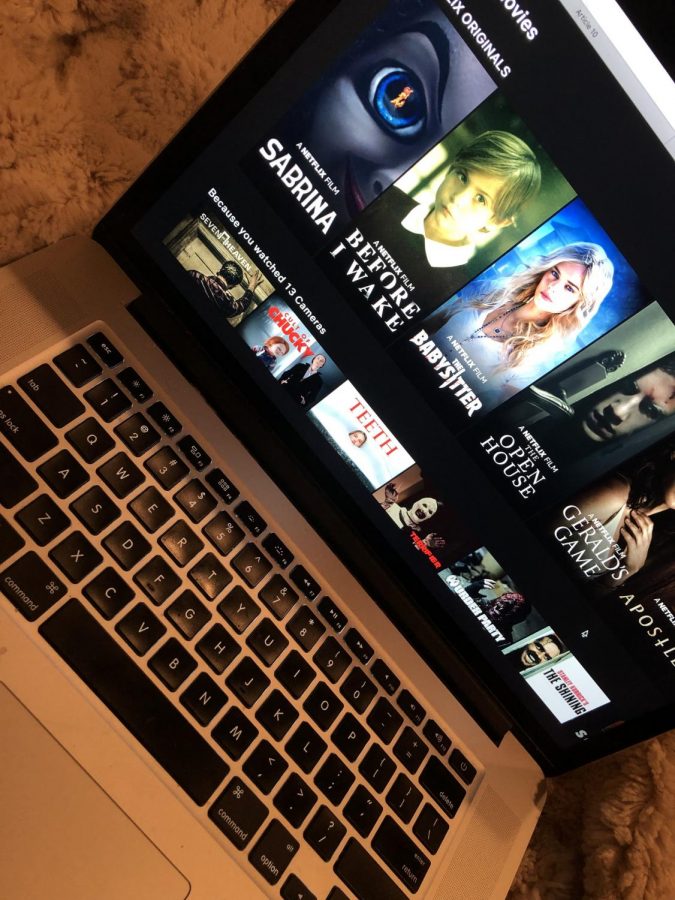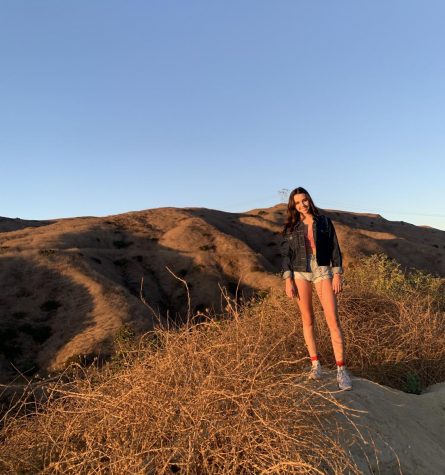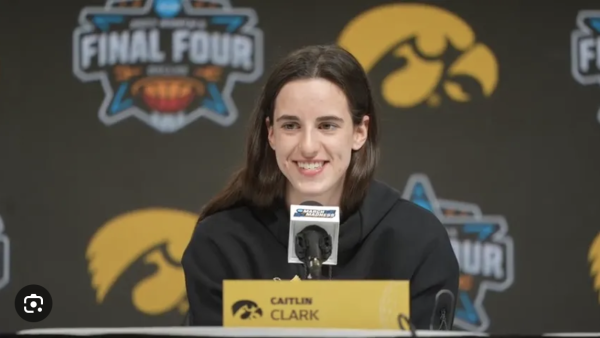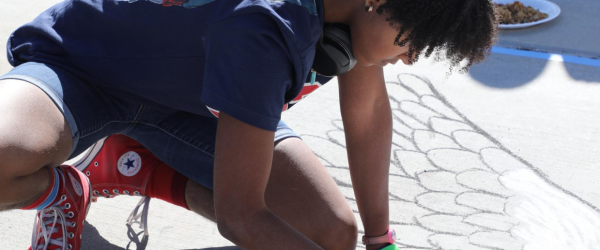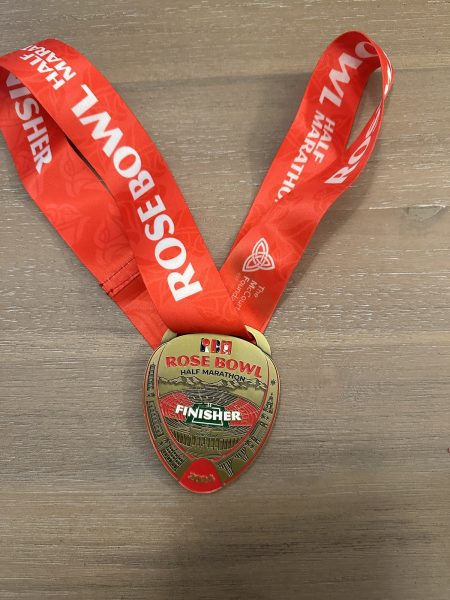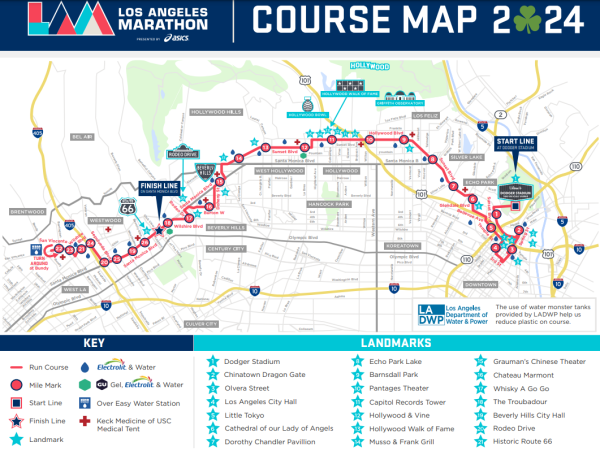It’s in Your Head, Not Your Bed
(Photo Courtesy of Sarah Meadows)
With streaming services such as Netflix becoming increasingly popular, it is easy for young children to access R-rated horror movies without parental permission.
December 11, 2018
Picture this: an adolescent girl is paralyzed under her sheets at 3:02 am, refusing to move a muscle so as to diminish the possibility of the monster under her bed hearing her lungs exhale, her heart beat, or even her eyelashes flutter. Wide-eyed and teary-eyed, the girl sits, but she does not sleep. This portrayal of utter fear is far too common and far too unhealthy. Indeed, everyone remembers the first time they watched Halloween at a fourth grade sleepover after trick-or-treating for hours on end. However, little do people realize the psychological harm that horror movies foster in the developing minds… no, imaginations of children.
Madison Park, an author for CNN, explained in an article called, “Why We’re Sleeping Less.” “The annual Sleep in America poll estimated the hours of sleep have gradually decreased. Over the last decade, the poll indicates that a growing percentage of Americans is getting less than six hours of sleep and the number of people who get eight or more hours is dwindling.” Could the increase in cinematic technology, including the production of more horror movies, play a role in sleepless nights? Without a doubt.
Psychologist after psychologist, including Samantha Bialozynski, thoroughly explain the likelihood of having diminished sleeping schedules due to watching horror movies. It is often more involved parents who forbid their children from watching these movies until a legal age; however, kids will always find ways to do what they want, forbidden or permitted… legal or illegal. Kids who have experienced past trauma are especially susceptible to the paranoia provoked by these movies. It is not unlikely that they may even cause panic attacks. Why, then, is society merely ignoring such an epidemic? Or are they?
In the hometown of Yorba Linda, all of the theatres recently re-established their policies on allowing underaged children to watch horror movies. Instead of loosely allowing a parent to sign in a group of children, whether or not the parent is the legal guardian of all the group members, theaters now check for ID and demand that a parent buys and watches the movie with his or her own underaged child. Everyone remembers the old days of finessing the movie clerks and watching movies far above the age restriction. Sadly, those days are gone. But is it really sad? Ashley Arrieta (11) admitted that, “The new rules are for the benefits of the elementary and middle schoolers that we were all once. In fact, I wish that when we were that age, those rules were being enforced.”
Part of childhood is the deathly fear of death itself. How many times have you jumped into your bed from a mile away? How many times have you called your dad into your room to close your closet? How many times have you ran as fast as you could past the dark office in fear of some arm grabbing you into the world of unknown? For Raiyan Kalam (10), there have been too many times to count. Part of childhood is fearing this “world of unknown.” It is always said that what you do not know cannot hurt you. But it can most definitely get in your head.


